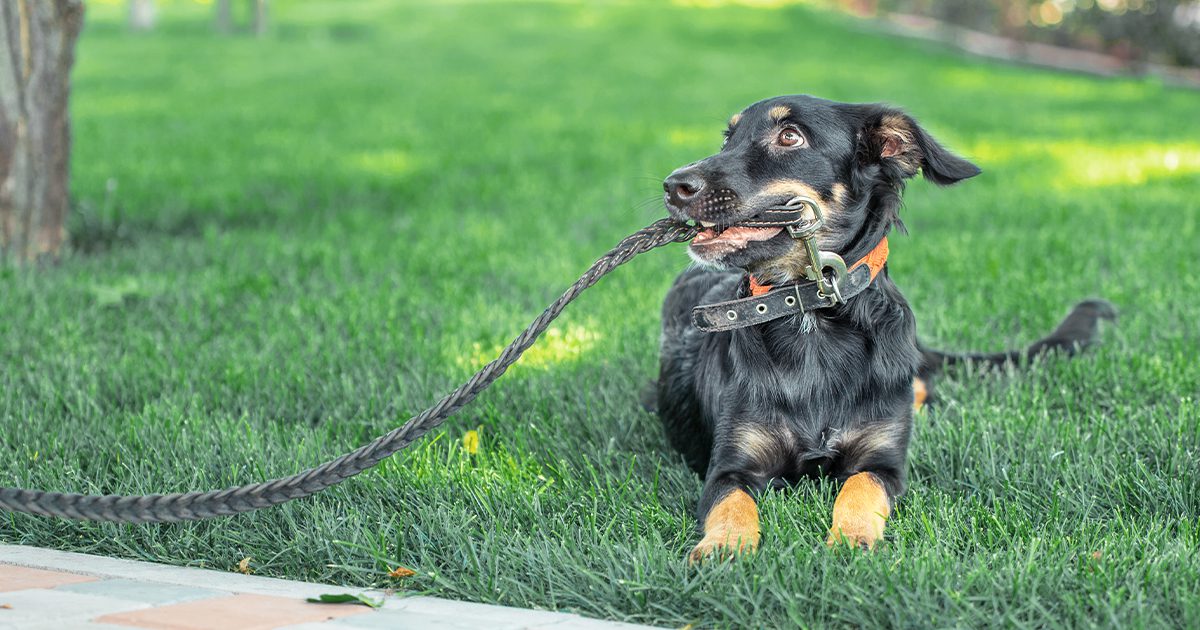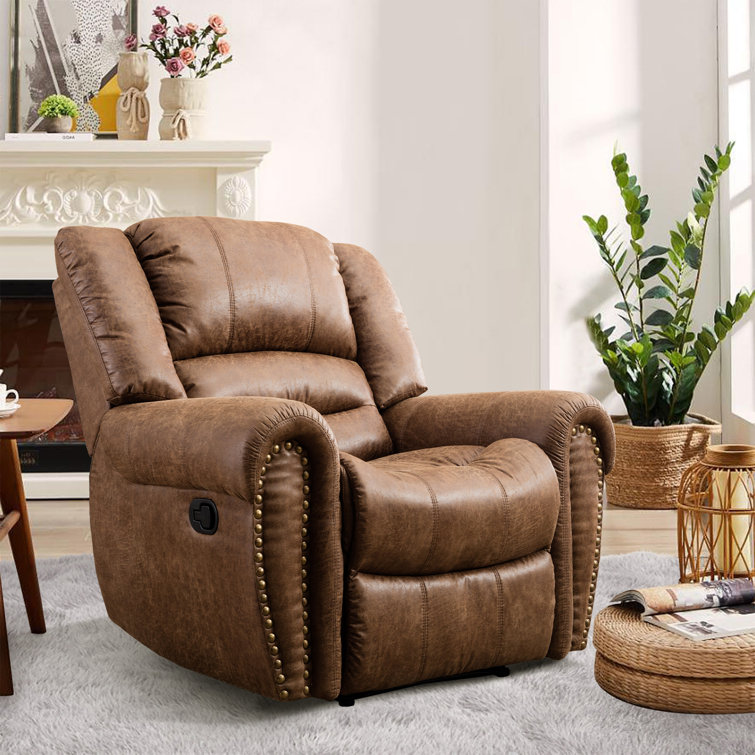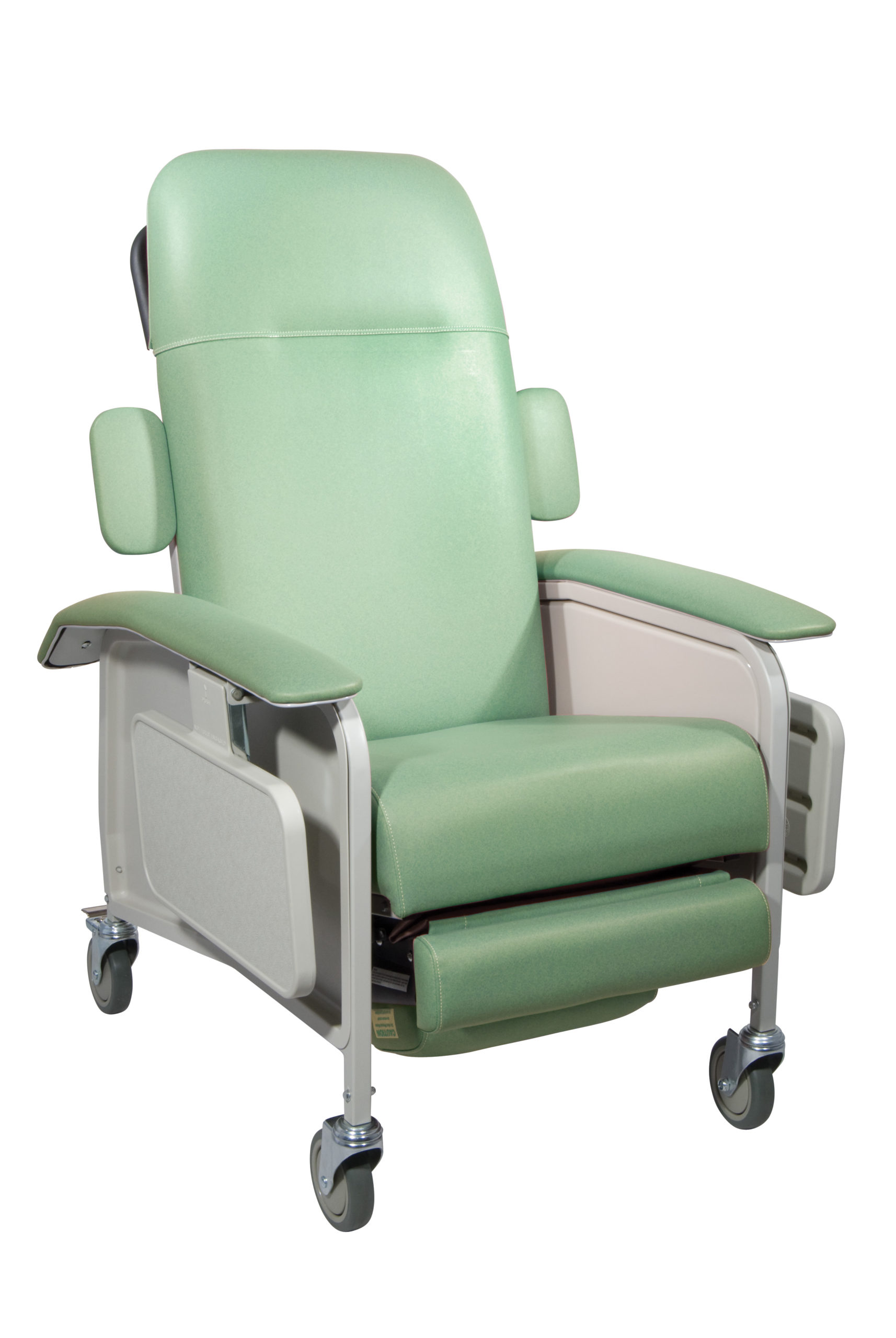Introduction
Leash training is a fundamental aspect of raising a well-behaved and obedient puppy. Not only does it provide control and safety during walks, but it also strengthens the bond between you and your furry companion. In this comprehensive guide, we’ll explore essential techniques for mastering leash training and ensuring a positive experience for both you and your puppy.
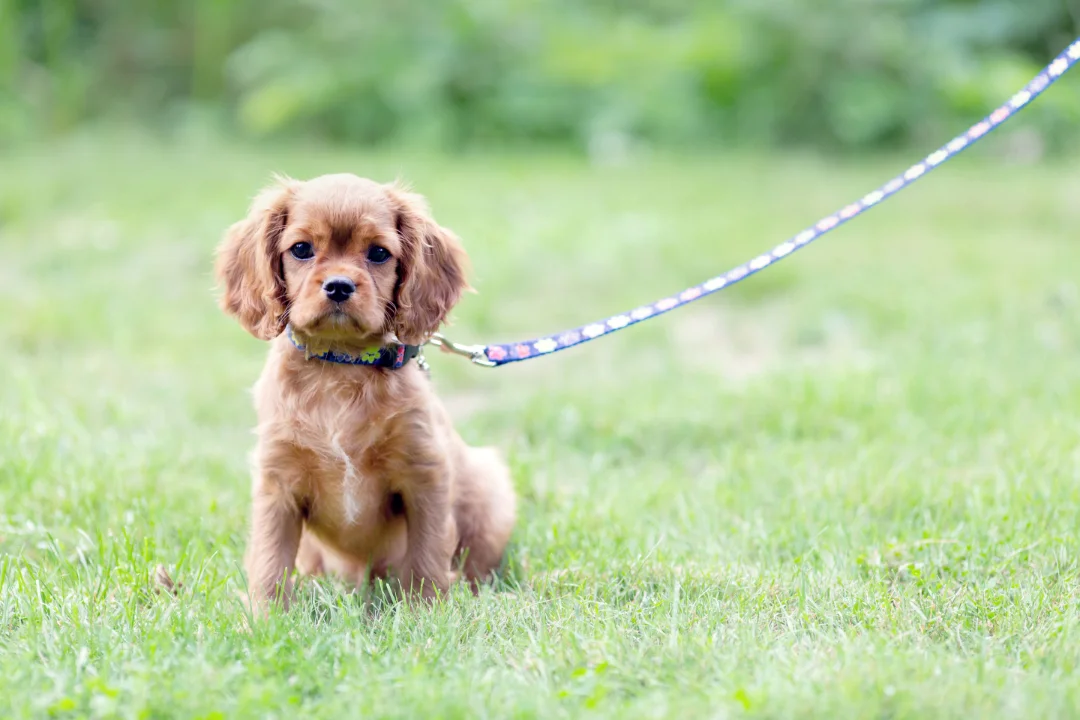
Understanding Leash Training Basics
Establishing Foundation Before diving into specific techniques, it’s crucial to establish a solid foundation for leash training. Introduce your puppy to the leash and collar gradually, allowing them to sniff and investigate the new equipment before attaching it. Use positive reinforcement, such as treats and praise, to create a positive association with the leash and encourage your puppy to cooperate.
Choosing the Right Equipment Selecting the appropriate leash and collar is essential for successful leash training. Opt for a lightweight, sturdy leash made of nylon or leather and a well-fitted collar that allows for comfortable movement without causing discomfort or chafing. Avoid using retractable leashes during training, as they can encourage pulling and lack adequate control.
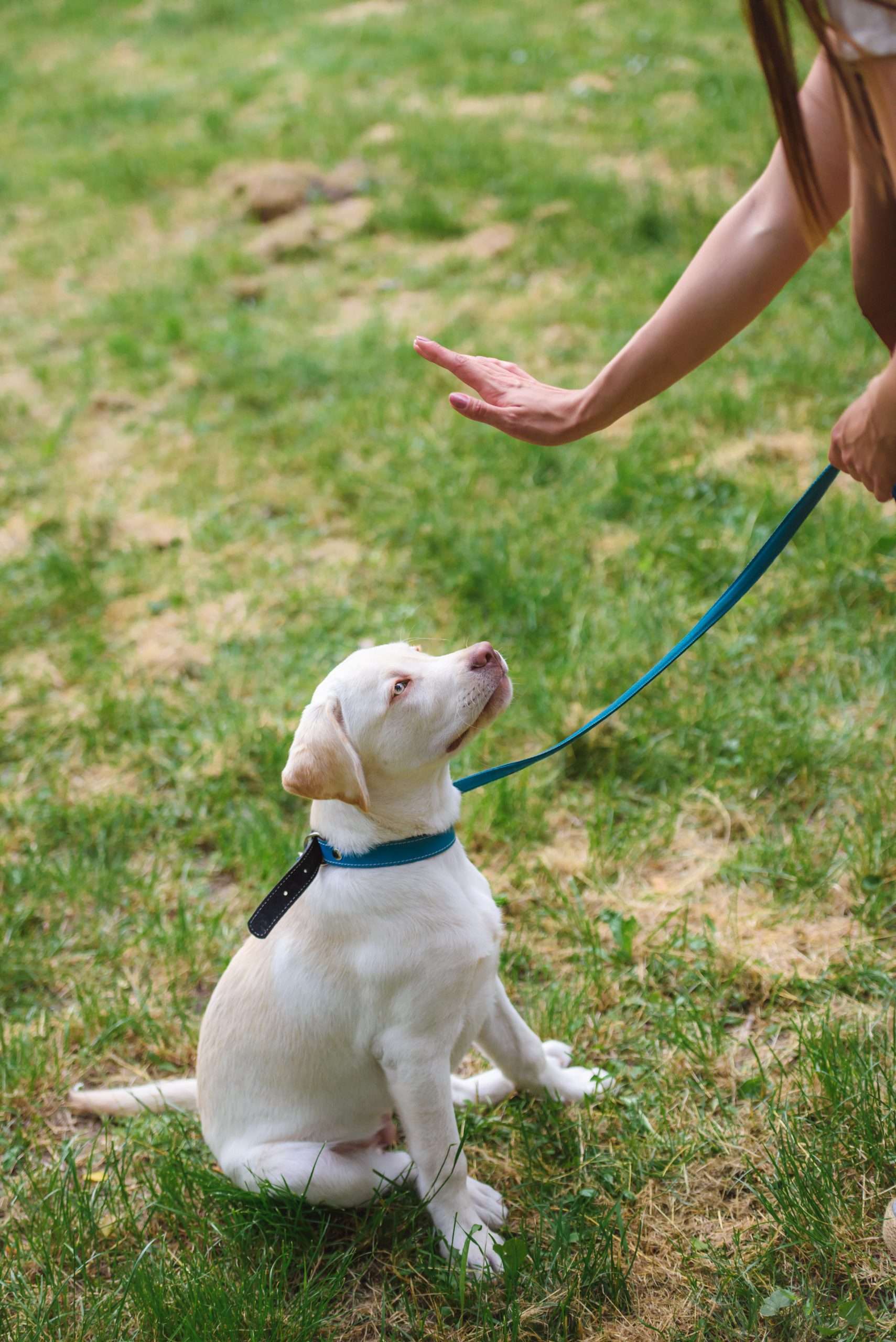
Essential Techniques for Leash Training
- Loose Leash Walking Teaching your puppy to walk politely on a loose leash is the foundation of leash training. Start in a quiet, distraction-free environment and hold the leash with a relaxed grip. Encourage your puppy to walk beside you using verbal cues and gentle leash guidance. Reward them with treats and praise for walking without pulling or straining against the leash.
- Positive Reinforcement is a powerful tool for shaping desired behaviors during leash training. Whenever your puppy walks nicely on the leash or responds to your cues, immediately praise and reward them with treats. Consistent reinforcement helps reinforce good behavior and encourages your puppy to repeat it in the future.
- Stop and Go Technique The stop and go technique helps teach your puppy to pay attention to your movements and maintain a consistent pace during walks. Start walking with your puppy on a loose leash, and as soon as they begin to pull or stray ahead, stop walking and wait for them to return to your side. Resume walking only when your puppy has returned to a loose leash position. Repeat this process consistently to reinforce the desired behavior.
- Directional Changes Incorporating directional changes into your walks can help keep your puppy engaged and focused on you. As you walk, randomly change direction by making a quick turn or pivot. Use verbal cues, such as “this way” or “let’s go,” to signal the change in direction and encourage your puppy to follow. Reward them generously for successfully navigating the turns and staying close to you.
- Desensitization to Distractions Gradually exposing your puppy to different distractions while on the leash helps desensitize them and build their focus and impulse control. Start with mild distractions, such as other dogs or people at a distance, and gradually increase the level of difficulty as your puppy becomes more proficient. Use treats and praise to reward calm, attentive behavior in the presence of distractions.
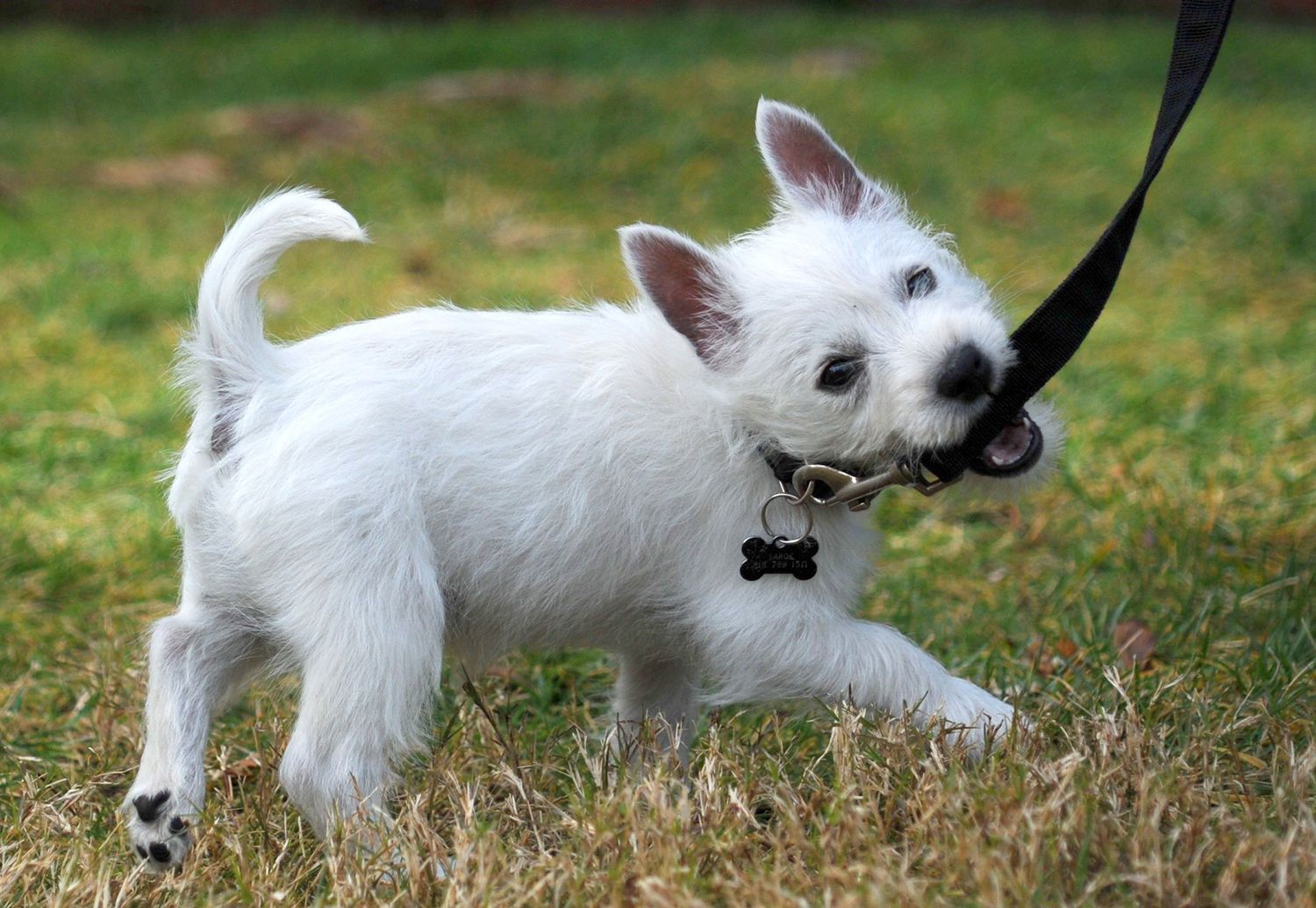
Advanced Techniques for Leash Training Success
- Heel Command Teaching your puppy to heel is a valuable skill for maintaining control and obedience during walks. Start by practicing the heel command in a quiet, low-distraction environment. Hold a treat in your hand and position it at your side to lure your puppy into the heel position. Use a verbal cue, such as “heel,” and reward your puppy for walking calmly by your side. Gradually phase out the treat lure and reinforce the heel command with praise and occasional treats.
- Distraction Training As your puppy progresses in their leash training, incorporate more challenging distractions into your walks to test their focus and obedience. Practice walking past tempting distractions, such as squirrels or food scraps, while reinforcing the desired behavior with treats and praise. Consistent exposure and positive reinforcement help teach your puppy to ignore distractions and remain focused on you.
- Long Line Training Long line training involves using a longer leash to give your puppy more freedom while still maintaining control and supervision. Start by attaching a lightweight, 20 to 30-foot long line to your puppy’s collar or harness and allow them to explore while you hold the other end of the line. Use verbal cues and gentle guidance to encourage your puppy to stay within a reasonable distance and respond to your commands. Gradually decrease the length of the line as your puppy demonstrates reliable recall and leash manners.
- Proofing Behaviors Once your puppy has mastered basic leash training techniques, it’s essential to proof their behaviors in various environments and situations. Practice walking in different locations with varying levels of distractions, such as parks, sidewalks, and busy streets. Consistency, patience, and positive reinforcement are key to reinforcing good leash manners and ensuring your puppy’s obedience in any situation.
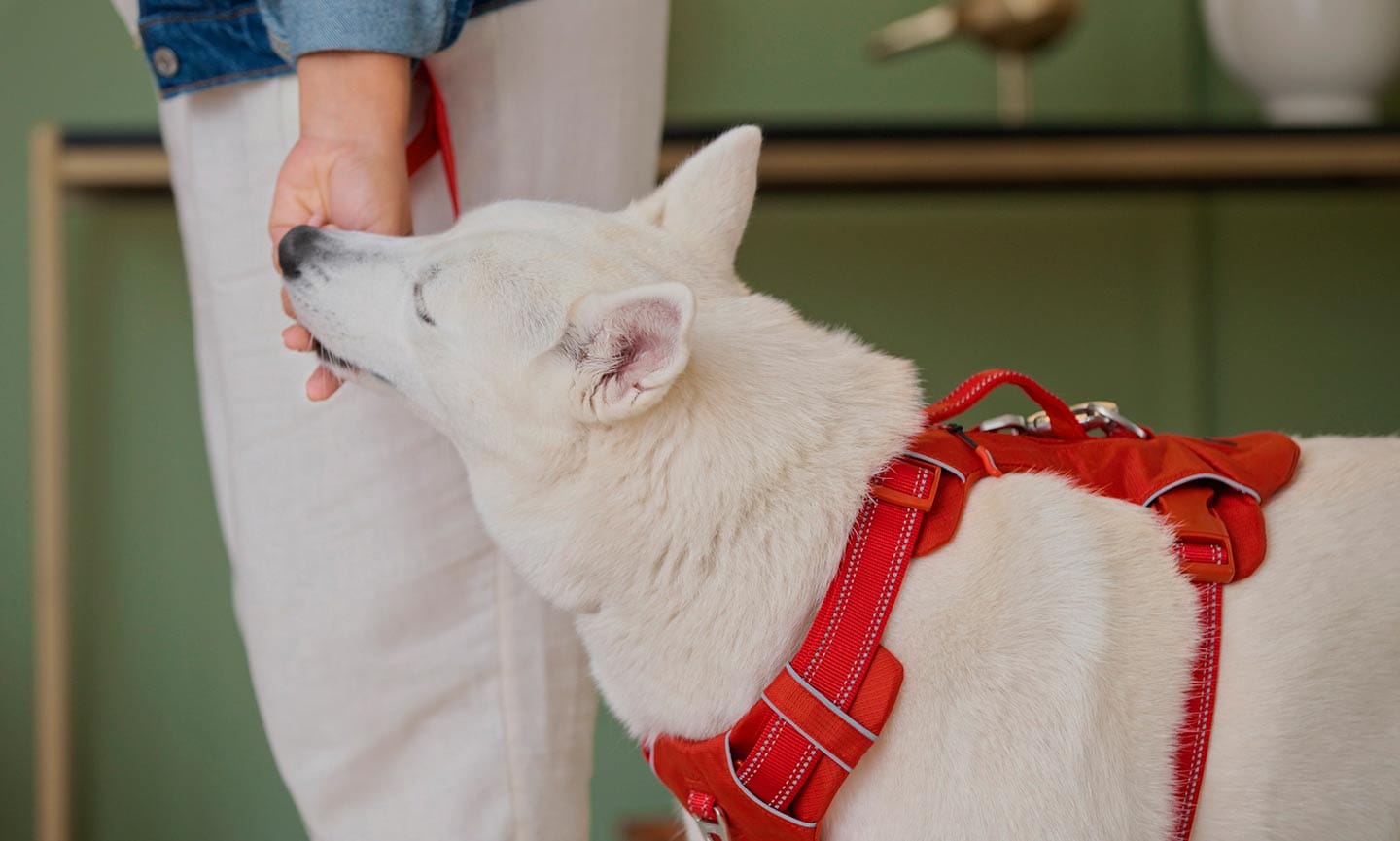
Additional Tips for Successful Leash Training:
- Patience and Consistency: Leash training takes time and patience, so be prepared to invest both consistently. Avoid getting frustrated or losing your temper, as this can undermine your puppy’s progress and cause unnecessary stress. Stay calm, positive, and consistent in your training approach, and celebrate even small victories along the way.
- Short, Frequent Sessions: Keep training sessions short and focused to prevent your puppy from becoming overwhelmed or losing interest. Aim for multiple short sessions throughout the day, rather than one long session, to reinforce learning and maintain engagement. Gradually increase the duration and complexity of training as your puppy becomes more proficient.
- Stay Attentive and Observant: Pay close attention to your puppy’s body language and behavior during leash training sessions. Look for signs of stress, discomfort, or fatigue, and adjust your training approach accordingly. Be mindful of your own body language and energy levels, as puppies are highly attuned to their owner’s cues.
- Practice Patience: Leash training is a gradual process, and progress may not always be linear. Be patient with your puppy and understand that setbacks are normal and to be expected. Instead of dwelling on setbacks, focus on reinforcing positive behaviors and building confidence through consistent training and encouragement.
- Seek Professional Help if Needed: If you’re struggling to make progress with leash training or encountering behavioral challenges beyond your expertise, don’t hesitate to seek assistance from a professional dog trainer or behaviorist. A qualified trainer can provide personalized guidance, identify underlying issues, and tailor a training plan to address your puppy’s specific needs.
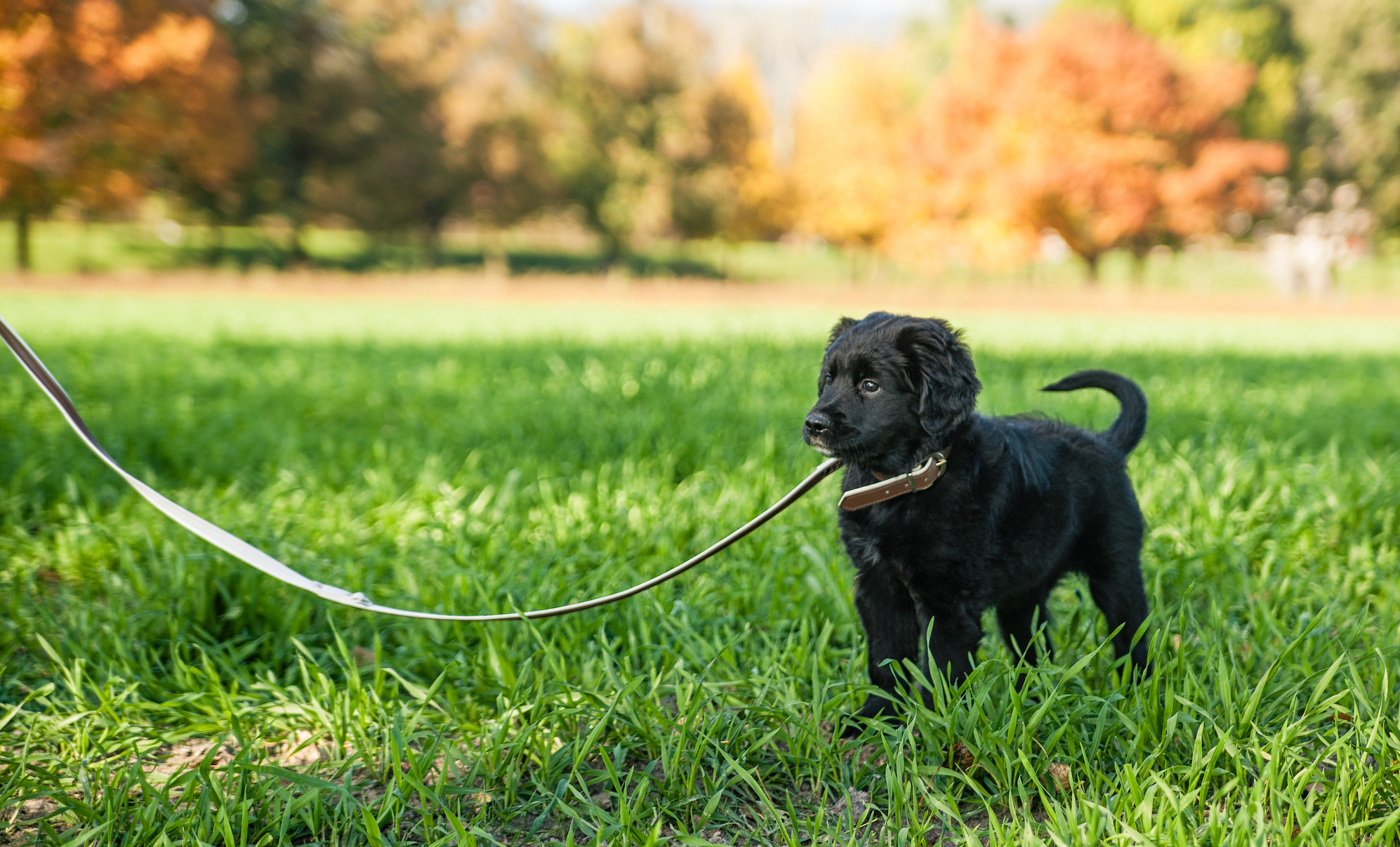
Young retriever puppy on a leash
Conclusion
Mastering leash training is a rewarding journey that requires patience, consistency, and positive reinforcement. By establishing a solid foundation, implementing essential techniques, and gradually advancing to more challenging exercises, you can teach your puppy to walk politely on the leash and enjoy safe, enjoyable walks together. Remember to keep training sessions fun and engaging, and celebrate each milestone along the way. With dedication and perseverance, you and your puppy can achieve leash training success and strengthen your bond for years to come.






